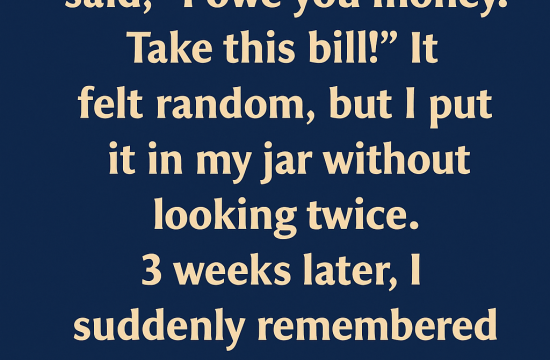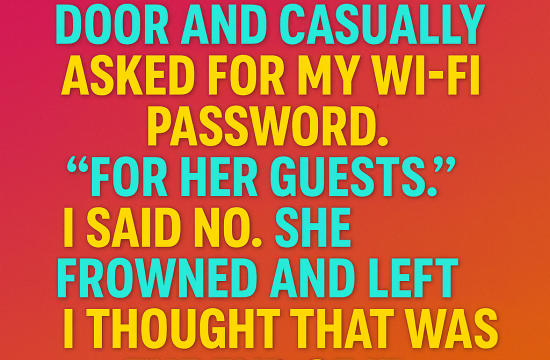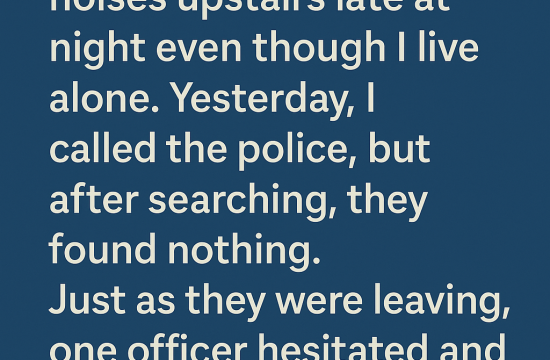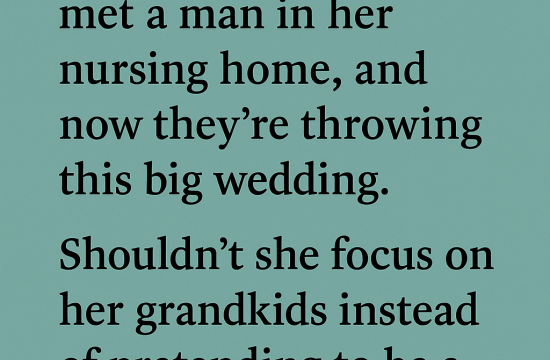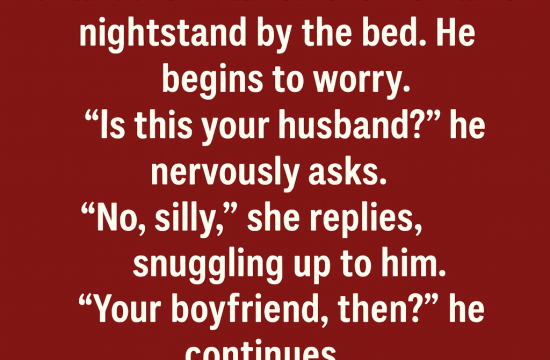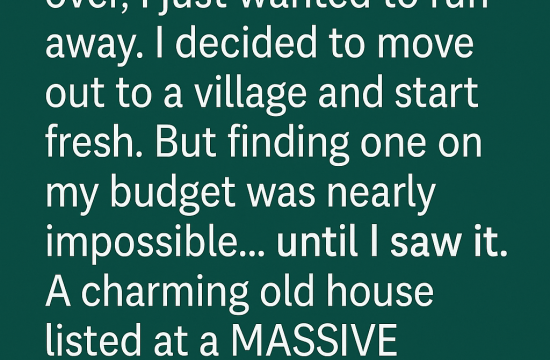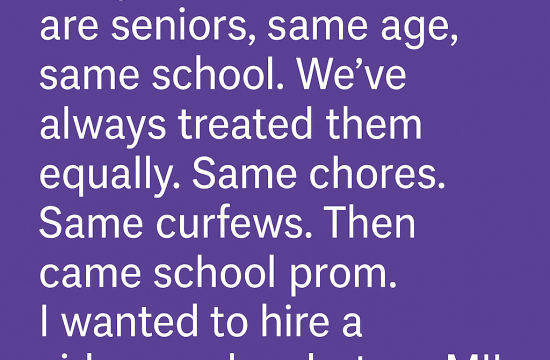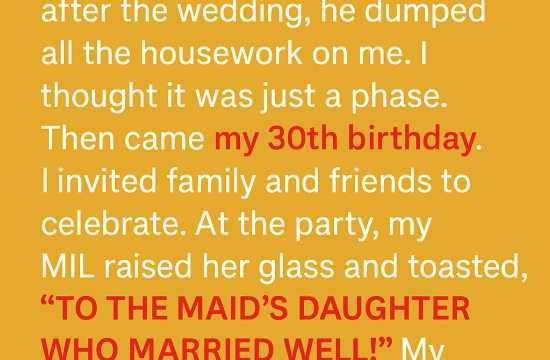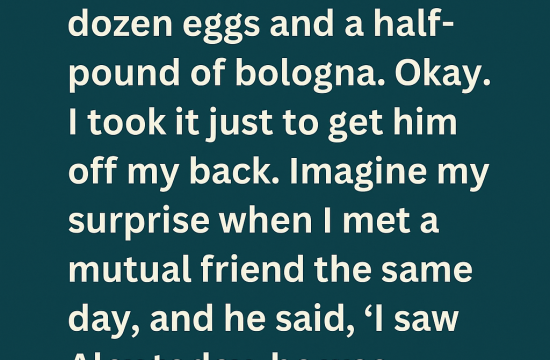In every photo of me until I was six, my face is covered in scratches.
My parents always said it was because printers were low quality back then.
Today, while visiting my aunt, I found an old photo album from a family gathering in 1992.
I froze. My face was scratched out again—but these weren’t cheap reprints. These were originals, the glossy kind you only got from professional film processing. Someone had intentionally dragged something sharp across my image. Every. Single. Time.
And then I noticed something else.
On the back of one of the pictures, in faded blue ink, was a name I’d never heard before: Mina.
I flipped faster through the album now, my pulse racing. Some photos didn’t have me in them at all. Others had me blurred in the background, like an afterthought. And in one family group shot, with everyone smiling around a birthday cake, I was simply… gone. Cut out, leaving behind a jagged outline, like a missing puzzle piece.
“Aunt Caris,” I whispered, my throat tight. “Do you know who Mina is?”
She froze, lips parting like she wanted to lie. But then she sighed, closing the album with careful hands. “You weren’t supposed to find these.”
“What do you mean?”
Caris’s eyes softened. “Mina was your half-sister.”
My ears rang. “What?”
“She was born a year before you. Your father had an affair. When your mother found out, it nearly destroyed her. Mina’s mother left suddenly, and for a while, your parents tried to raise both of you together. But… it was tense. When Mina died in an accident…” Caris swallowed. “Your mom blamed herself. She couldn’t stand reminders. Even you.”
I felt the floor tilt beneath me. “She scratched me out because I reminded her of Mina?”
Caris nodded, tears forming. “She was broken. It wasn’t fair. But grief makes people cruel sometimes.”
I thought of my mother—distant, cold, always seeming weighed down. I used to believe she just wasn’t maternal. But maybe she was carrying a ghost all along.
Later, I dug out my own childhood photos. The same pattern: my face slashed, scribbled, cut out. But this time, I noticed something I’d never seen before—a faint corner of another child, caught at the edge of a ripped picture.
A girl. Black hair. Pale skin. Eyes like mine.
I scanned the photo, adjusted the brightness. The resemblance was undeniable. We could’ve been twins.
The next morning, I went to the county archives. After hours of waiting, the clerk returned with a thin file.
“There’s a birth record,” she said. “Mina Roselyn Haddix. Born August 15, 1985.”
My stomach flipped.
“But,” she added, frowning, “there’s no death certificate. No accident report either. Nothing at all.”
Which meant either the records were lost—or my aunt’s story wasn’t true.
That night, I messaged my father. We hadn’t spoken in months, but he replied almost instantly: We need to talk. There are things I should’ve told you years ago.
We met at a small diner the next morning. His hands trembled as he held his coffee.
“Mina didn’t die,” he said. “She was taken.”
My heart pounded. “Taken?”
“Her mother came back. Took her away. Disappeared. I searched for years, but… nothing. Your mom couldn’t cope. She hated herself for letting it happen, and she took that pain out on you.” His eyes filled with shame. “I should’ve stopped her. I should’ve protected you.”
“Where is Mina now?”
He shook his head. “I don’t know. But I still hope she’s out there.”
That night, I sat staring at the torn photo of the girl who might still be alive—my sister.
For years, I thought I was unwanted. Invisible. But maybe I wasn’t erased because I didn’t matter. Maybe I was erased because I mattered too much.
Now, I’m carefully piecing the old photos back together. Not with Photoshop, but by hand—taping the fragments, preserving the scars.
Because no one deserves to be cut out of their own story.
And though I may never find Mina, I’ve stopped seeing myself as the ghost in my family’s photos. I’m here. Whole. And finally ready to forgive the silence that shaped me.


